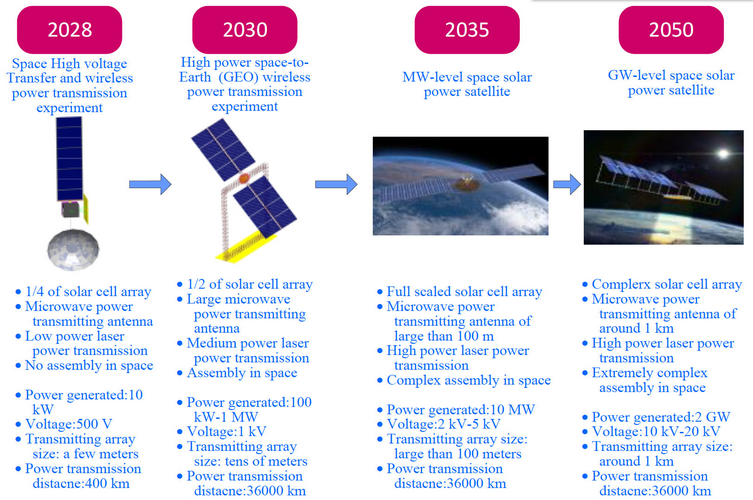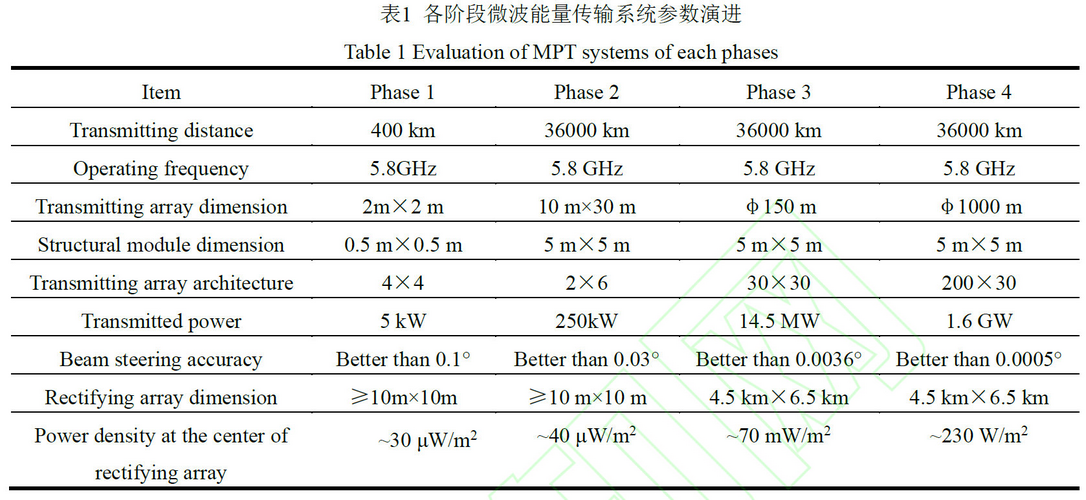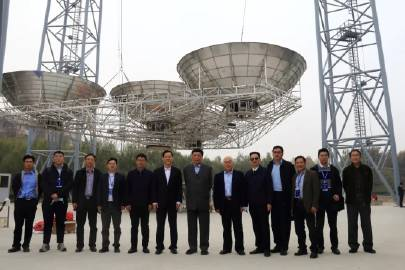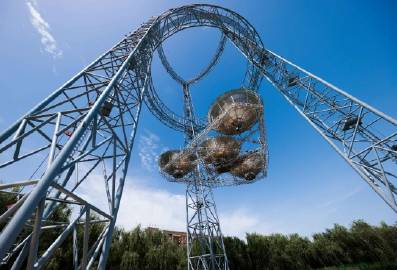martinbayer
ACCESS: Top Secret
- Joined
- 6 January 2009
- Messages
- 3,334
- Reaction score
- 3,797
Huh - took 'em only 29 years after DC-X to copy the idea. Smart of them though to not even try to fold the landing struts  ...
...

Shenzhou-14 will be a huge mission for China's space station as it will oversee the arrival of two new modules..





Also mentioned in the same article.China’s Mars sample return mission aims to collect samples from the Red Planet and deliver them to Earth in 2031, or two years ahead of a NASA and ESA joint mission.
Sun Zezhou, chief designer of the Tianwen-1 Mars orbiter and rover mission, presented a new mission profile for China’s Mars sample return during a June 20 presentation in which he outlined plans for a two-launch profile, lifting off in late 2028 and delivering samples to Earth in July 2031.
The complex, multi-launch mission will have simpler architecture in comparison with the joint NASA-ESA project, with a single Mars landing and no rovers sampling different sites.
Tianwen-2 will be a near-Earth asteroid sampling mission which will also visit a main belt comet. Current plans indicate a launch in 2025.

 spacenews.com
spacenews.com
Chinese planetary scientists and engineers are setting their sights on the outer Solar System and developing new ways to get there, a proposal for a Neptune orbiter reveals.
The pre-research paper published in Scientia Sinica Technologica by a team of senior space figures outlines the spacecraft's design, science objectives, and, crucially, the plans for its nuclear fission reactor for power generation. The power source would offer game-changing amounts of power for science payloads, data downlink capability, and highly capable electric propulsion systems.
This would represent a major technological leap in the country’s space exploration capabilities, producing far more energy than that produced by battery-like radioisotope thermoelectric generators (RTGs), and thus open up new possibilities.
This new spacecraft power source would make it easier to access the outer Solar System, where few of humanity's space exploration missions have ventured. So far only one mission, Voyager 2, which launched in 1977 and made a flyby of the icy giant in 1989, has targeted Neptune. Its flying visit with a limited suite of instruments was momentous, but leaves much to be discovered about the eighth planet of our Solar System.

 www.planetary.org
www.planetary.org
Interesting conceptEarly concept model of Shenzhou
Proposed nuclear fission powered outer planets mission by the Chinese.
Chinese planetary scientists and engineers are setting their sights on the outer Solar System and developing new ways to get there, a proposal for a Neptune orbiter reveals.
The pre-research paper published in Scientia Sinica Technologica by a team of senior space figures outlines the spacecraft's design, science objectives, and, crucially, the plans for its nuclear fission reactor for power generation. The power source would offer game-changing amounts of power for science payloads, data downlink capability, and highly capable electric propulsion systems.
This would represent a major technological leap in the country’s space exploration capabilities, producing far more energy than that produced by battery-like radioisotope thermoelectric generators (RTGs), and thus open up new possibilities.
This new spacecraft power source would make it easier to access the outer Solar System, where few of humanity's space exploration missions have ventured. So far only one mission, Voyager 2, which launched in 1977 and made a flyby of the icy giant in 1989, has targeted Neptune. Its flying visit with a limited suite of instruments was momentous, but leaves much to be discovered about the eighth planet of our Solar System.
China looks to outer Solar System with nuclear Neptune orbiter
The mission proposal calls for nuclear fission power. Breakthroughs would boost China’s overall exploration capabilities.www.planetary.org
China’s launch vehicle makers appear to be designing a fully reusable version of the Long March 9 super heavy-lift rocket needed for future megaprojects.
The emergence of plans for new reusable methane-liquid oxygen launch vehicles to be ready for 2035 suggests that China is looking to make significant changes to its space transportation plans.
China’s government last year signaled approval for the continued development of a super heavy-lift launcher, known as the Long March 9. The long-planned, expendable launcher is planned to be operational by 2030, in time to facilitate Chinese megaprojects including the International Lunar Research Station.

Weighing 23 tons at launch, China's Wentian consists of 3 parts: a working cabin, an airlock cabin & a resource cabin. It is heavier than any other world's single-module spacecraft with flight function in active service, including those deployed in ISS.
BREAKING! Wentian Laboratory Module has docked with Tianhe Core Module. Shenzhou-14 astronauts will later enter the new lab module..
